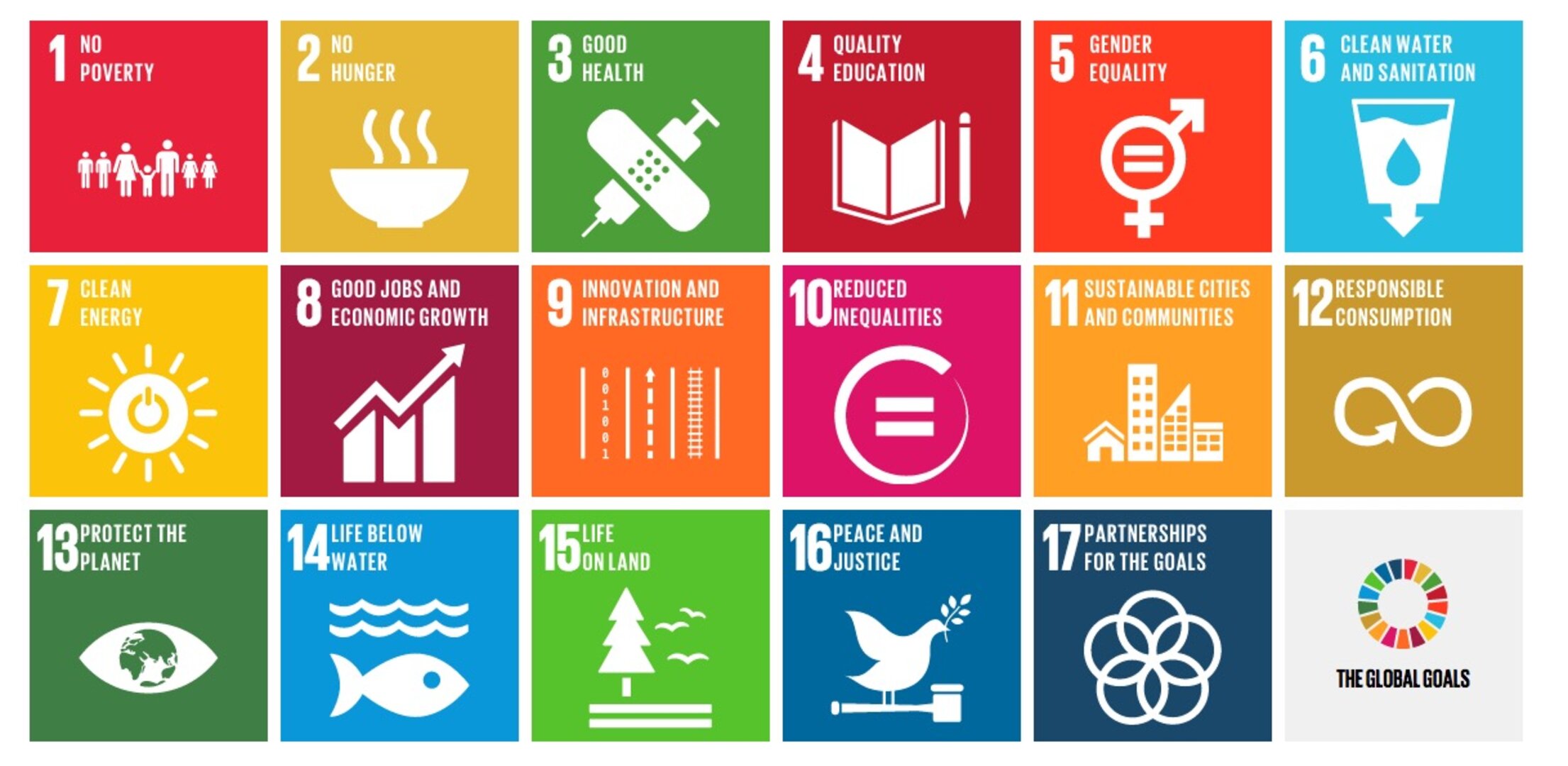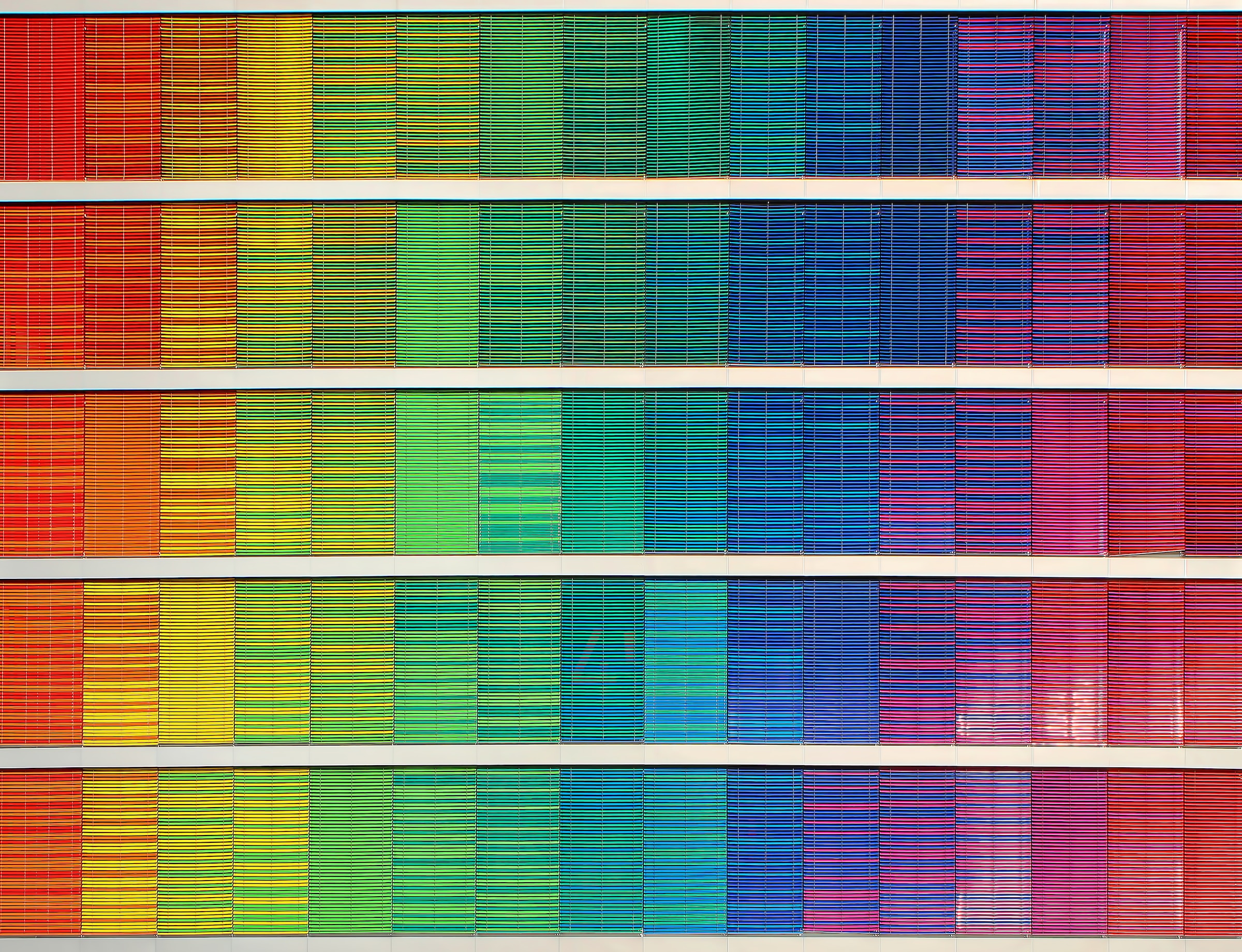
Several certification standards exist, but only a few are leading in quality
The role of third-party certification standards
Carbon projects are initiatives that reduce or remove CO2 from the atmosphere, allowing organizations to neutralize unavoidable greenhouse gas emissions. To ensure that carbon projects are held accountable and truly contribute to climate action, it is important that they have been verified and certified by independent organizations.
The certification process typically involves several steps, including project design and planning, application for certification, independent verification, stakeholder input and consultation, and ongoing monitoring and reporting. This process helps to ensure that carbon credit projects are effective in reducing emissions.
Key carbon credit certification standards
There are several institutes providing certification for carbon credit projects. The key pillars of their assessment are measurability, permanence, additionality, and leakage. The two largest institutes account for around 80% (volume of credits issued in 2022) of the voluntary carbon market. Here are some of the more prominent certification standards:
- Gold Standard (website): Established in 2003 by a group of environmental NGOs, including WWF and Greenpeace. It is based in Geneva, Switzerland. It is a non-profit organization that aims to ensure that carbon credit projects provide high-quality environmental and social benefits. Gold Standard puts the UN Sustainable Development Goals (SDGs) at the center of their assessment, and a minimum of three goals must be supported to obtain certification. Projects must meet a set of stringent criteria, including the additionality principle, which means that the project would not have happened without the carbon credit funding.
- Verra/ Verified Carbon Standard (VCS) (website): Launched in 2005 by a group of businesses, environmental organizations, and carbon project developers. It is based in Washington DC, USA. It is a non-profit organization that verifies the reduction or removal of greenhouse gas emissions from various carbon projects. Projects must meet a set of principles and criteria, including the additionality principle, and must provide transparent and consistent reporting of emissions.
- Puro.Earth (website): This certification standard was established in 2019. It is designed to ensure that carbon projects are real, additional, verifiable, and permanent. This certification standard focuses solely on carbon removal projects and covers modern project types such as biochar and enhanced rock weathering. Puro.Earth issues credits called CO2 Removal Certificates (CORCs). Each CORC represents one metric ton of CO2 removed (the same unit as all standards). This is the first crediting program focused on durable carbon removal, with storage times of 100+ years up to thousands of years.
Gold Standard is widely considered to have the most rigorous and demanding certification criteria among carbon avoidance projects, making it a highly trusted organization. This is also driven by their strict exclusion of project types which they consider difficult to certify, including REDD+ (Reducing Emissions from Deforestation and Forest Degradation) projects.
The list of certification standards is growing and here are some of the other players: American Carbon Registry (ACR), Clean Development Mechanism (CDM), Climate Action Reserve (CAR), DNV, Oncra, Plan Vivo, and Social Carbon.
Analysis beyond the certification
Certification of carbon projects provides you with a base level of quality and effectiveness. Organizations like Gold Standard, Verra, and Puro.Earth have rigorous criteria for assessing projects. However, you will need to do additional project level analysis and look closely to identify projects of high-quality. These criteria can cover key topics (find a list here) as well as company-specific requirements which you defined internally.
Reach out to our team to discuss certification standards and purchase criteria for carbon credits in more detail.


